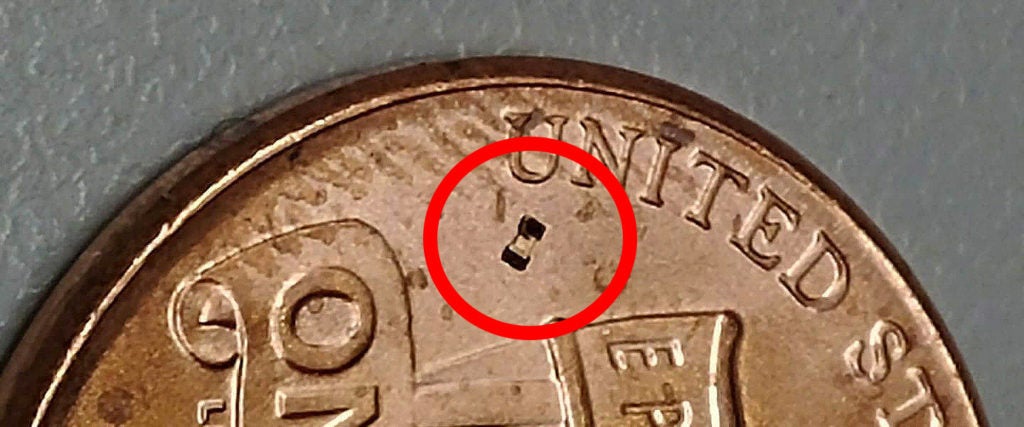Some people grow up dreaming of becoming an astronaut or a rocket scientist, their aspirations focused on exploring the outer realms of the planet. Others lend their expertise to exploring the deepest crevices on Earth — caves, trenches and the depths of the deep blue sea. But in October, engineers at Purdue University set their wandering eyes on a different mysterious target — the human colon.
Try as you might, there’s no way to find human beings small or agile enough to wrangle themselves inside of an anus in pursuit of colonic exploration (Ant-Man, apparently, was unavailable). So these renegades developed a special rectangular robot, as tiny as a few human hairs, that could be inserted into the anus and, by way of “back flips,” travel deep into the murky depths of the colon.
Published in the journal Micromachines, the study is, according to the University of Purdue’s website, the first demonstration of a microrobot tumbling inside a living organism. Too small to carry a battery, the bot is instead powered and controlled wirelessly from outside the anus by a magnetic field. “When we apply a rotating external magnetic field to these robots, they rotate just like a car tire would to go over rough terrain,” David Cappelleri, a Purdue associate professor of mechanical engineering, said in the University’s report. “The magnetic field also safely penetrates different types of mediums, which is important for using these robots in the human body.”
If you’re scratching your head wondering “why backflips,” well, that’s because, similar to the terrain on the red planet, the path through the brown eye and into your colon is also a bumpy ride. “Moving a robot around the colon is like using the people-walker at an airport to get to a terminal faster. Not only is the floor moving, but also the people around you,” Luis Solorio, an assistant professor in Purdue’s Weldon School of Biomedical Engineering, added in the same report. “In the colon, you have all these fluids and materials that are following along the path, but the robot is moving in the opposite direction. It’s just not an easy voyage.”
All of which raises the question, why are researchers trying to navigate the inner-colonic space at all?
Simple: Colons (or other human innards) occasionally require medication, but getting those drugs into these spaces comes with side effects, such as hair loss or stomach bleeding, which, according to a report in Science Daily, is often caused by interactions between the medicine and other organs. In the same report, Solorio explained that via the microrobot, researchers were able to deliver a “nice, controlled release of the drug payload.” “This means that we could potentially steer the microrobot to a location in the body, leave it there, and then allow the drug to slowly come out,” Solorio explained. “And because the microrobot has a polymer coating, the drug wouldn’t fall off before reaching a target location.”
This isn’t the first time medical professionals have instituted the use of microrobots to help them navigate the insides of the human body. The race began in 2018, when scientists from the Max Planck Institute for Intelligent Systems in Germany developed a minuscule, flexible robot (named the millirobot) to conduct similar tasks. “Our objective is that our millirobot will one day transport medication to where it is needed — similar to a parcel delivery to the front door,” Metin Sitti, Director of the Physical Intelligence Department, told the newsroom at the Max Planck Institute. “We aim to use it in minimally invasive medical procedures on the patient: either by swallowing the robot or by inserting it into the body through a small opening on the skin. From there, the robot can then move through the digestive tract or the bladder, or on to the heart — we envisage numerous possibilities.”
With some luck, in a few years, you might get to experience what it’s like to have a tiny metal object crawl into your body via your anus and dispense a bit of medicine into your colon. And a few years from then, hopefully we can go full Innerspace and have a tiny Dennis Quaid injected into our asses. A man can dream, right?

